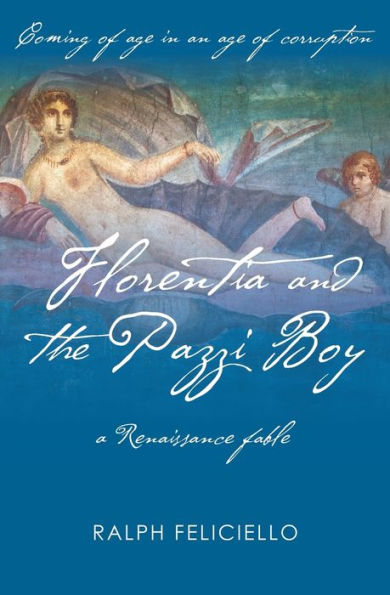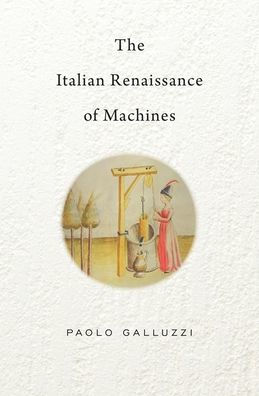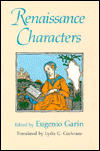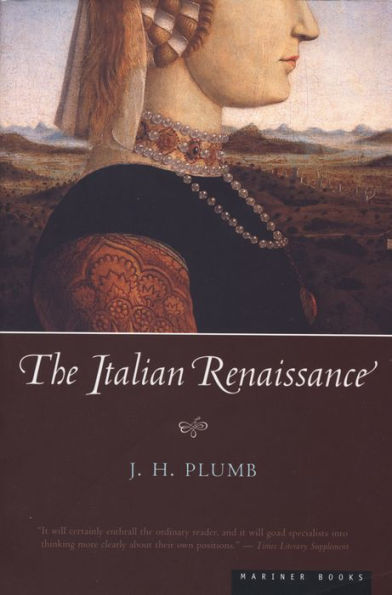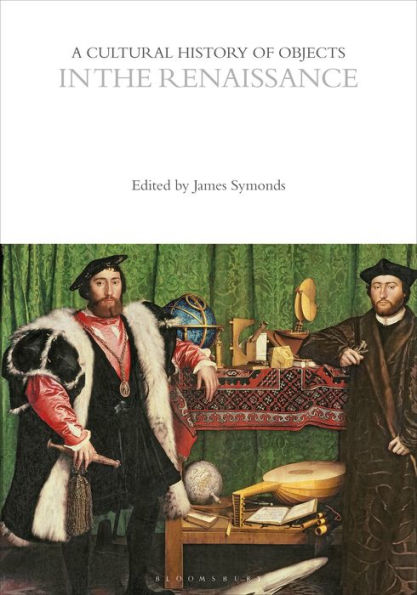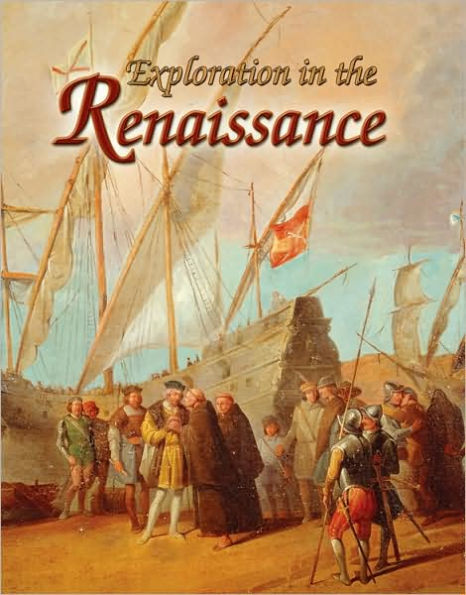Home
Inventing the Renaissance Putto


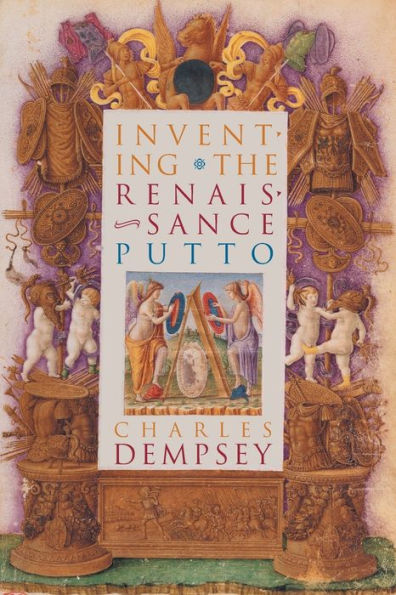
Inventing the Renaissance Putto
Current price: $55.00
Loading Inventory...
Size: OS
The figure of the putto (often portrayed as a mischievous baby) made frequent appearances in the art and literature of Renaissance Italy. Commonly called
, or sprites, putti embodied a minor species of demon, in their nature neither good nor bad. They included natural spirits, animal spirits, and the spirits of sight and sound, as well as hobgoblin fantasies, bogeys, and the spirits contained in wine. Among the sensations ascribed to
were feelings of love, erotic arousal, and startling frights. After discussing the many manifestations of the putto-
in fifteenth-century Italian art and literature, Charles Dempsey offers parallel interpretations of two works: Botticelli's
, a painting in which infant Satyr-putti appear as the panic-inducing spirits of the nightmare, and Politian's
, a poem in which masked cupids appear to the hero in a deceiving dream. He concludes with an examination of the function of such masks in the poetry and public masquerades sponsored by Lorenzo de'Medici and in Michelangelo's scheme for the decoration of the Medici Chapel.Throughout, Dempsey advances a larger argument about the nature of Italian Renaissance art. Rather than simply reviving classical forms, he says, the art accommodated and fused them within local, vernacular, and modern Italian traditions, both literary and pictorial.
